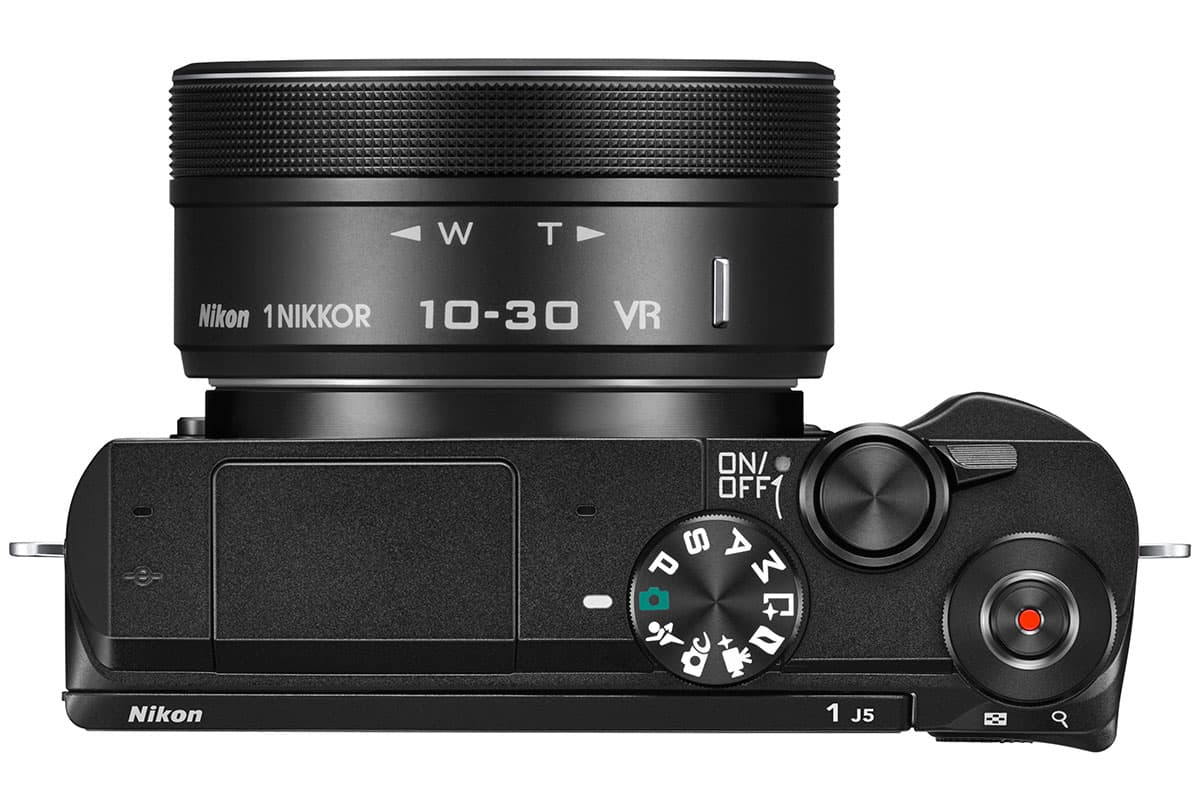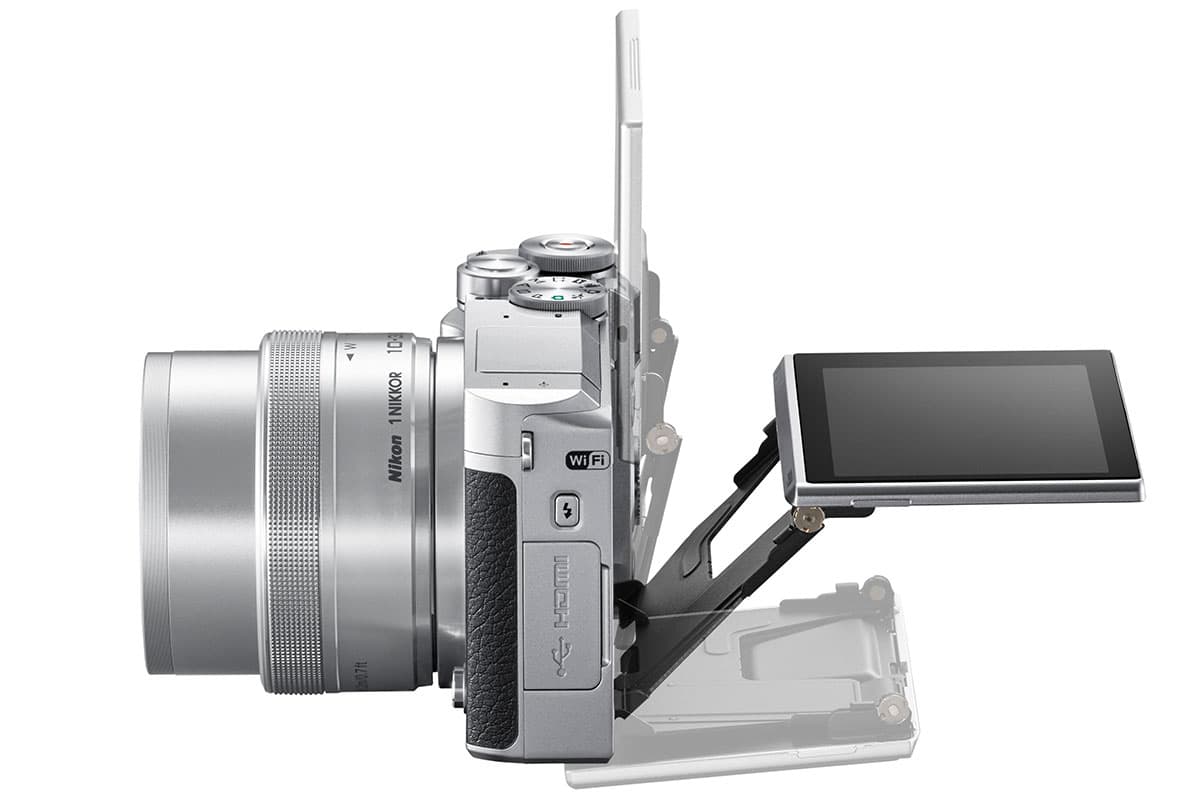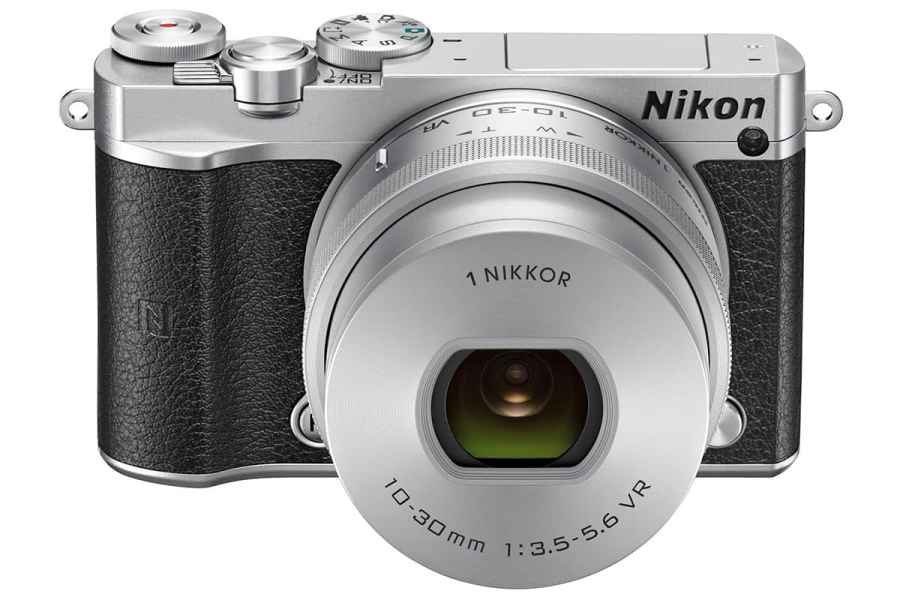When Nikon announced its 1 system of compact system cameras towards the end of 2011, it did so with great fanfare, including a midnight press conference in New York with VIP guests. Speaking to the assembled UK photographic press the following morning, Nikon was clear that it foresaw a very specific market opportunity for small mirrorless cameras. These would, it claimed, be snapped up by people who wanted to take better pictures, but who weren’t prepared to put up with the bulk and complexity of an SLR. The top end of the CSC market, at that time exemplified by the superb Sony NEX-7, would in contrast be a small, specialist niche.
To this end, its initial offerings looked like nothing else on the market. They had remarkable continuous shooting and autofocus capabilities – 10 frames per second with continuous autofocus that really worked – wrapped up in simple body designs with few external controls. In essence, the high-end 1 V1 and its simpler sibling the 1 J1 were glorified interchangeable lens point-and-shoots, designed to be the ultimate in family cameras.
Fast forward three and a half years, including four generations of the J series, and it seems this market may have failed to develop in the way that Nikon hoped. Enthusiast photographers have failed to warm to its choice of a relatively small 1-inch type sensor, while smartphone-equipped casual photographers have perhaps balked at the thought of paying hundreds of pounds for a camera, no matter how good it might be. Indeed with the benefit of perfect hindsight, more cynical observers might suggest that Nikon’s determination to sell cameras to people who didn’t want to buy cameras has had a somewhat predictable outcome. Meanwhile, enthusiast-oriented CSCs have gone from to strength to strength, led by Fujifilm’s much-admired X-T1.

The 1 J5 is a deceptively small camera. Its chunky-looking 10-30mm kit zoom is in reality just 58mm in diameter and 28mm long (when retracted).
The just-released Nikon 1 J5 sees Nikon take the J series in a distinctly new generation, suggesting that it’s trying for the first time to attract new enthusiast photographers, rather than people who don’t really want to learn how to use a camera. With this in mind, the body design is substantially different to before, with lots of external controls including a proper exposure mode dial, twin control dials, and a programmable Function button. Naturally it also sports 2015’s essential feature, a touchscreen that can be tilted to a forward-facing position, in an attempt to woo the selfie generation.
I was shown an early, not-fully-working sample of the J5 my Nikon earlier this month, and my first impression is that the result of this volte-face is a genuinely likeable little camera. Its take on the currently-fashionable retro design trend is rather successful, with the two-tone silver-and-black model being particularly pretty (all-black and white-and-silver models will also be available). Build quality feels high, and the small grip makes it feel much more secure in your hand than previous J models. The top-plate control dial clicks with pleasing precision, and the flip-up LCD mechanism is very neat.
Indeed with a control layout and handling that’s on a par with other small mirrorless models such as the Panasonic GF7, Olympus E-PL7 or Sony A5100, the 1 J5 is pretty much a mainstream product, which for a Nikon CSC is something of a big deal. Crucially it’s good-looking, deceptively small, and has that marquee brand-name on the front-plate, while retaining the 1 system’s trademark continuous shooting abilities – now 20fps with AF, and 60fps with focus fixed. All of these factors may well help win over potential buyers in what is a particularly cut-throat area of the market.

The 1 J5’s touchscreen can tilt downwards for overhead shots and forwards for selfies
Of course the big point of contention for the 1 system is still the 1-inch format CX sensor, which with its 2.7x field of view crop, is about one third of the area of the APS-C/DX sensors used in many other CSCs and Nikon’s own DSLRs. Enthusiast photographers seem to have a mixed attitude to this format; in compact cameras like the Sony RX100 series it’s considered large and capable of excellent image quality, whereas in the 1 system and Samsung’s NX Mini, it’s often dismissed as too small, giving excessive noise at high ISOs. We’ll have to test the J5 out properly before we can say how well it stacks up against the competition in this regard. But if its image quality is reasonably competitive, then the J5 might turn out to be a really interesting option for a small, take-anywhere camera.
The 1 J5 is also Nikon’s first camera to include 4K video recording, and indeed at £350 body only or £430 with its 10-30mm kit lens, it will be the cheapest interchangeable lens camera to offer this feature. However with a framerate of only 15 fps, its ability to render motion is rather compromised. The recently-launched Samsung NX500 can record 4K at a much more acceptable 30fps, although with its own compromise of a severe (1.7x) field of view crop.
Of course Nikon isn’t the only slumbering giant when it comes to CSCs, and Canon has had its own problems too, with its first effort (the EOS M) also poorly received. In this context, it’s perhaps notable the new EOS M3 is, like the 1 J5, very much designed as a camera for enthusiasts, rather than as a small, simplified model for non-photographers. It may perhaps be reading too much into things to suggest that two camera launches establish a real trend, but it’s just possible that both Canon and Nikon have finally realised that CSCs are here to stay, and one of the few areas of growth in an otherwise-stagnant camera market. It’ll be interesting to see whether the two come up with true high-end models in the next few months.







